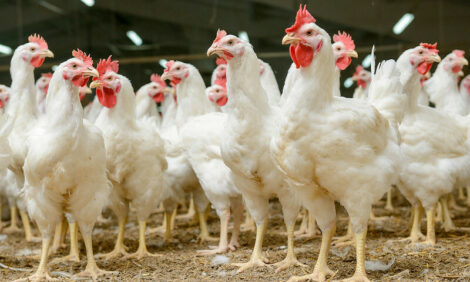



Farmers' First Reactions to Proposed Environment Regs
MARYLAND - For the state's 200 largest farms, new regulations would include limiting the amount of time growers can keep uncovered litter on their land to 90 days.New proposals to clean-up the Chesapeake Bay could mean changes for Maryland poultry growers, reports WBOC-TV 16. Maryland's Department of the Environment (MDE), says poultry litter can contribute up to 5 per cent of pollutants in the bay.
For the state's 200 largest farms, new regulations would include limiting the amount of time growers can keep uncovered litter on their land to 90 days, limiting where that litter could be placed and new permits costing up to $1200 for the largest of those farms.
Those new permits would also give MDE the right for surprise inspections on poultry farms.
Over the course of the last year, MDE has worked closely with poultry growers trying to figure out how to regulate the industry. Their concern is that up to 5 percent of nutrient-based pollutants in the Chesapeake Bay come from runoff containing poultry litter.
In that time period, many growers have said they have been unfairly targeted.
Poultry grower Lee Richardson commented, "We strongly feel that the population growth has effected the bay more than anything, but they feel like for the dollar spent, they can do more on farms, and that's why we feel like we're being so heavily targeted."
MDE Secretary Shari Wilson said, "We find ourselves now having to go after smaller and smaller sources of nutrient sources, this includes things like septic systems, we have a major project to encourage people to add new technology into their septic systems, and we also have to get into areas like poultry litter."
Poultry litter contains nitrogen and phosphorus, which causes algal blooms in waterways. Algal blooms make it difficult for sunlight to reach aquatic life, which result in an unhealthy bay.
Representatives from the Delmarva poultry industry were not immediately available for comment on these proposals. An office worker did note that the group would need time to sit down and actually get a real feel for what new regulations might mean to growers.
Secretary Wilson says before these proposals take effect, public hearings will take place in November. Barring any major changes, the rules could go into effect by year's end.
Further Reading
| - | Go to our previous news item on this story by clicking here. |








